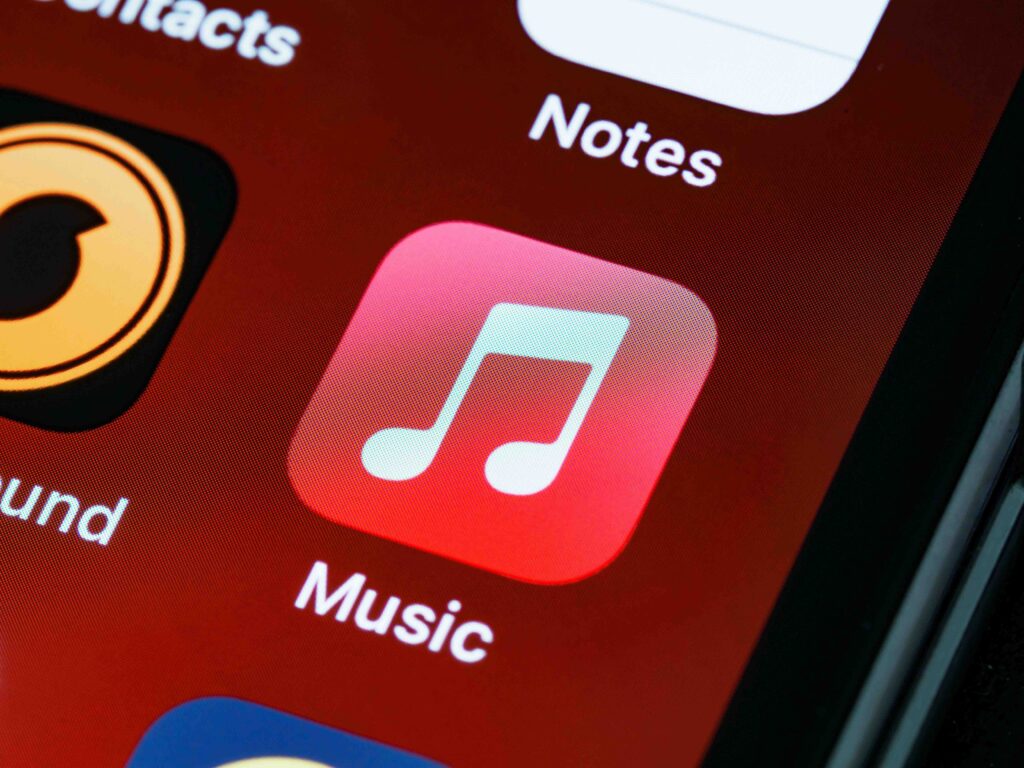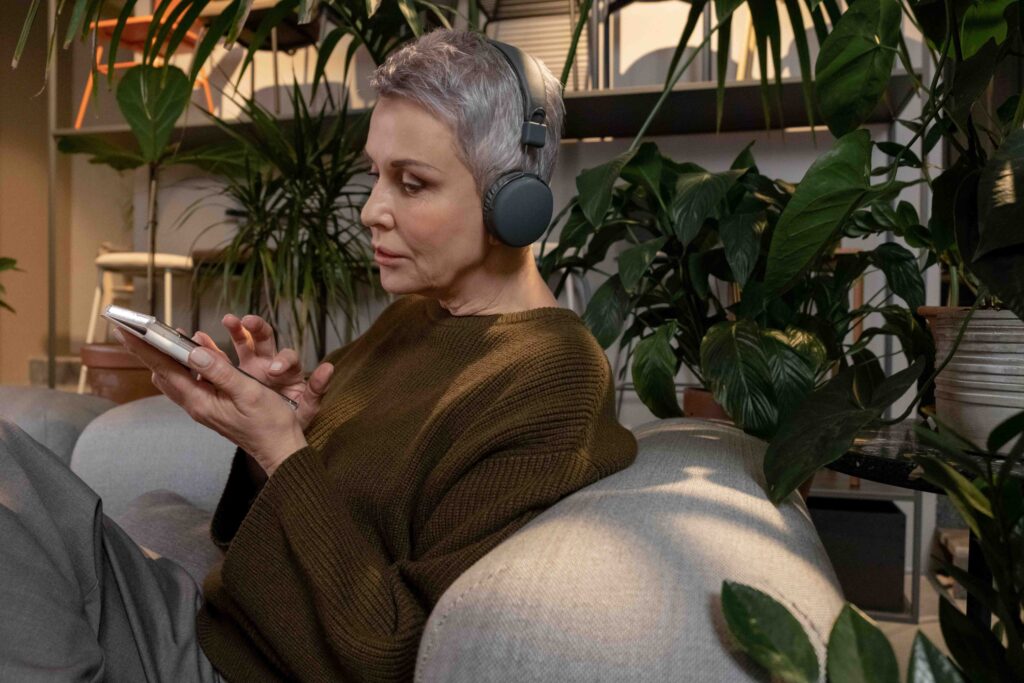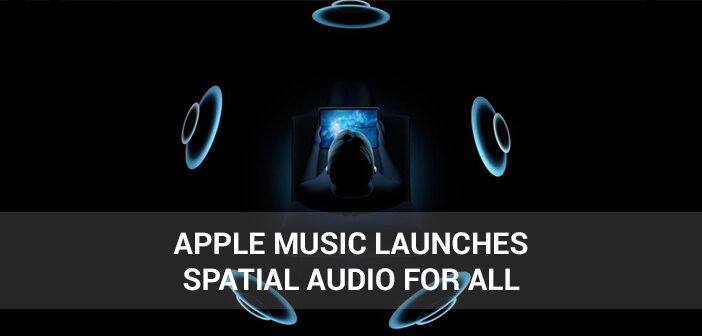The world’s favourite entertainment and computer technology giant, Apple, has broken new ground on mass releasing cutting-edge technology. On May 17th, they announced the launch of spatial and lossless audio for all subscribers of Apple Music for their existing library of songs. This mass launch was powered by the spatial audio format Dolby Atmos, the only other format in the market for spatial audio being Sony 360 Audio.
Apple Music, in the same press release, announced its massive plan of overhauling its libraries for higher quality audio. They plan to release close to 75 million songs with lossless audio – 20 million of which will be done by the end of the year; on the other hand, spatial audio upgrades will be available for all titles.
The upgrade in audio quality of one of the largest music libraries of the world is big news, for reasons that will affect much more than just the music industry.
What is Lossless Audio and Spatial Audio?
Lossless Audio and Spatial Audio are two formats of audio files, which elevate the music listening experience in different ways. Lossless Audio refers to hi-fi audio formats, which can record all the audio ranges in a track without any compression losses. The hype around a good wax vinyl record is due to the lossless quality of its playback. Due to technical reasons such as instruments used in old records being lost to time, Apple is releasing a limited number of lossless audio files.
Spatial Audio, on the other hand, refers to audio files that can produce a surround sound through speakers – creating the effect of multiple and distinguishable audio sources, just like real-life performances. Spatial Audio has been a large part of the gaming and cinema industries, but Apple Music’s release of spatial audio files for their entire library is a first from such a large record distributor.
 Image Courtesy: Brett Jordan from Pexels
Image Courtesy: Brett Jordan from Pexels
The catch with Apple Music free upgrade is that lossless and spatial audio quality is not supported by all Apple products. Specifically, lossless audio can not be played back by any Apple earphones yet, nor is it supported by the older generation of products. As for spatial audio, while a larger number of older generation products can utilise this massive upgrade, not all users will be able to avail the newer experience to begin with. In fact, a major user base like India has only just received access to the audio quality update for their Apple Music libraries after months of waiting.
Why does Spatial Audio matter?
Unlike lossless audio, which is simply higher quality music, spatial audio can be a key component in creating virtual environments. Technologies like Virtual Reality can utilize the potential of spatial audio to create immersive 3D virtual experiences.
 Image Courtesy: cottonbro from Pexels
Image Courtesy: cottonbro from Pexels
Platforms such as NextMeet employ spatial audio for users to interact with each other in a 3D virtual convening ecosystem. Users can listen to each other and interact freely, with the audio being filtered according to the distance and direction in which other users are standing. These geospatial cues are what make physical meetings and conferences click – even conventions borrow from the chatter and murmur of the crowd to create excitement and engagement. Recreating that effect in VR opens up an entirely new realm of possibilities, the effects of which are best experienced in person.
As technological breakthroughs occur in every field, the breadth of what we can achieve in AR/VR expands as well. Spatial audio is simply one such technology, capable of integrating seamlessly with a virtual landscape to enrich user interaction.




